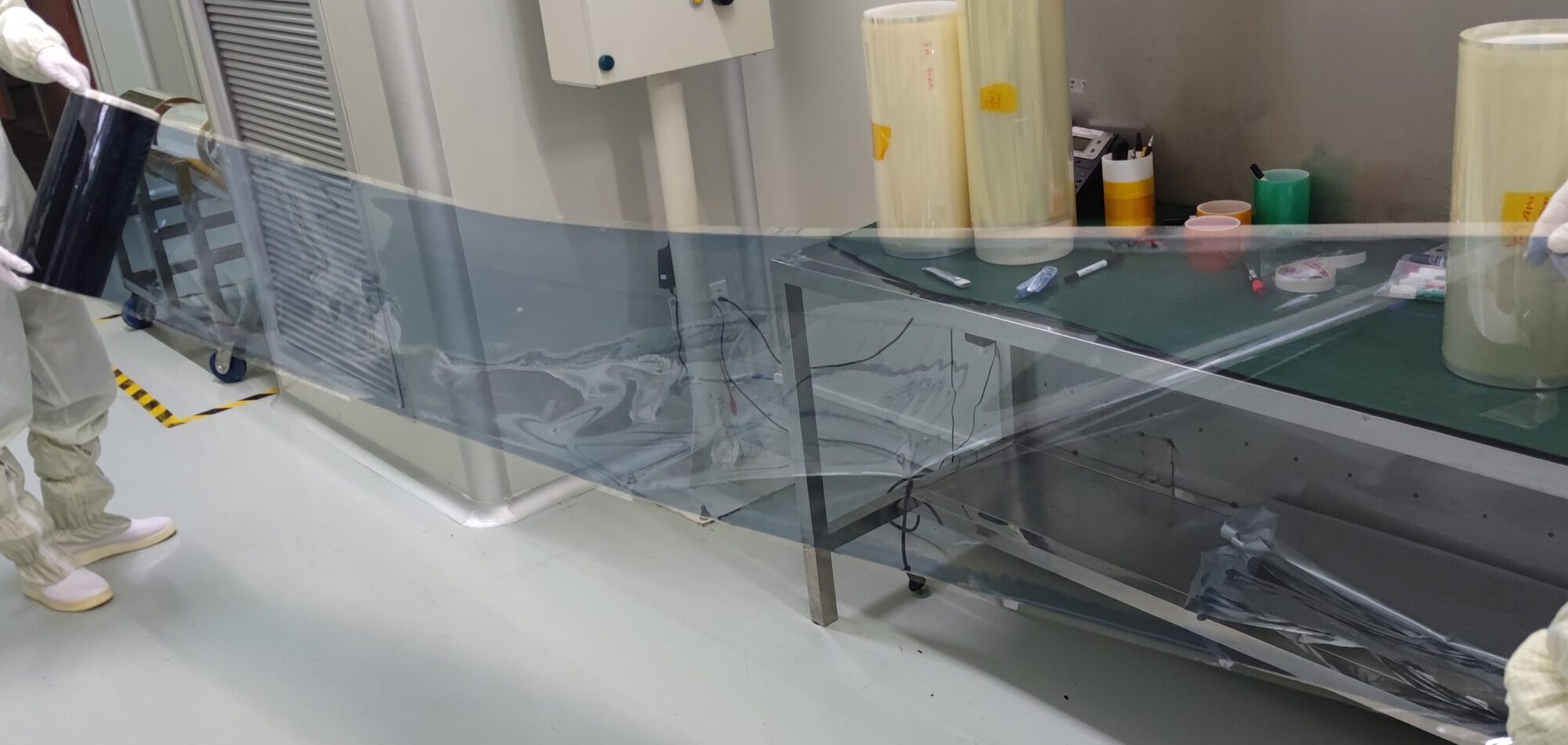At ClimAd Technology we make glass smart. Our photochromic smart glass film self-regulates solar heat and daylight entering a building based on the outdoor sunlight intensity. This way we manage the solar heat demand and daylight comfort automatically. At high sunlight intensity, on a sunny day, the film tints and rejects solar heat to prevent overheating and too much daylight. Under low sunlight intensities, during the evening or on cloudy days, the film is transparent and allows solar heat and daylight to the indoor space. The smart glass film provides daylight and thermal comfort to building users, while making buildings up to 35% more energy efficient compared to current high-performance glazing.



SAVE ENERGY
Our photochromic film modulates the level of solar heat rejection between the transparent and tinted state with as much as 38%. Therefore, glazing with our film makes a building between 8 and 35% more energy-efficient compared to current high-performance glazing depending on the climate where it is applied.

COMFORT
Glass with our film adapts its visible light transmission with more than 40% based on the sunlight intensity. This way, the window film self-regulates a comfortable amount of daylight to the users of a building.
COST-EFFECTIVE
The photochromic film is equipped with an adhesive layer and can be applied on any glass surface. There is no electronic wiring required to switch the optical properties of the film as with electrically switchable glass or shading solutions. Therefore, our smart glass film provides a cost-effective alternative.

